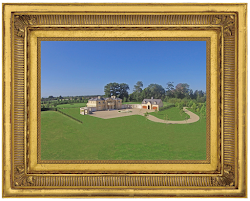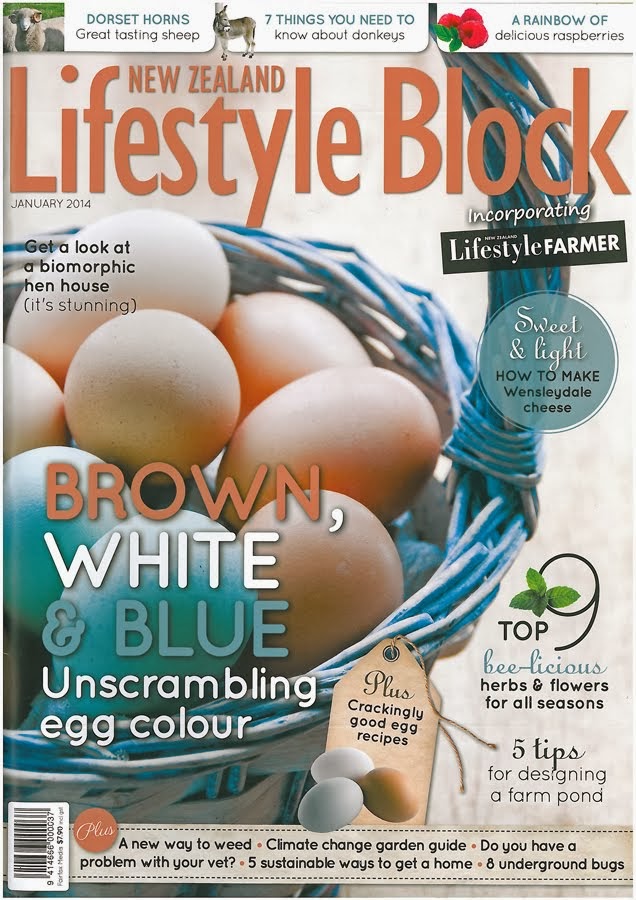
A dovecot(e) is a building intended to house doves or pigeons. They have been made in a variety of shapes and styles over the centuries, but generally contain multiple pigeon holes for doves to nest in.
Pigeons and doves were an important food source historically in Europe and were kept for their eggs, flesh, and guano. In the Middle Ages, the possession of a dovecote was a symbol of status and power and was consequently regulated by law. Only nobles had this special privilege known as
droit de colombier.

Above: A medieval example of dovecots, from an illuminated manuscript.
The oldest dovecotes are thought to have been the fortified dovecotes of Upper Egypt, and the domed dovecotes of Iran. The presence of dovecotes is not noted in France before the Roman invasion of Gaul by Caesar. Dovecotes were a passion in Rome:. They were known as columbaria (from the Latin for pigeon / dove). They were round, and their interiors were covered with a white coating of marble powder. Varro and Pliny the Elder wrote works on pigeon farms and dovecote construction.
At the time of the Roman Republic the internal design of the banks of pigeonholes was adapted for the purpose of disposing of cremated ashes after death.

Above: The interior of a medieval dovecote
Below: 2 Examples of early dovecotes



Above and below: The dovecote at Nymans Gardens, West Sussex, England.

Today most Dovecots are made to stand on poles, many being purely ornamental...




When people think of doves, they usually imagine the small white dives that are released at weddings, or associated with peace. Doves and pigeons (both members of the columbidae family, the only difference being size and colouring) are a genus of bird with very many species and varieties.

Above: A White Dove
Below: A Laughing Dove

We have a White wooden dovecote on our current property, which I am going to restore and repaint (with a pale grey/blue roof to match the obelisks in the potager beds) and install in the potager garden.









































































What a pity, even the doves have had to downsize! nice post.
ReplyDeleteGreat post David. I remember walking into one on an estate in the English Lake District, Hutton-on-the-Forest and wondering what it was. It was enchanting. I would love to see the one you have shown here in West Sussex.
ReplyDeleteJeanne
Seeing it's a very cold wet day here in South Australia - I've been browsing around blog sites and found your lovely post. Dove-cotes are very pretty but I rarely see them here - whilst on a walking holiday in the Cotswolds last year I saw many in the back-gardens of cottages and many had birds in them sheltering from the wind.
ReplyDelete~Dianne~